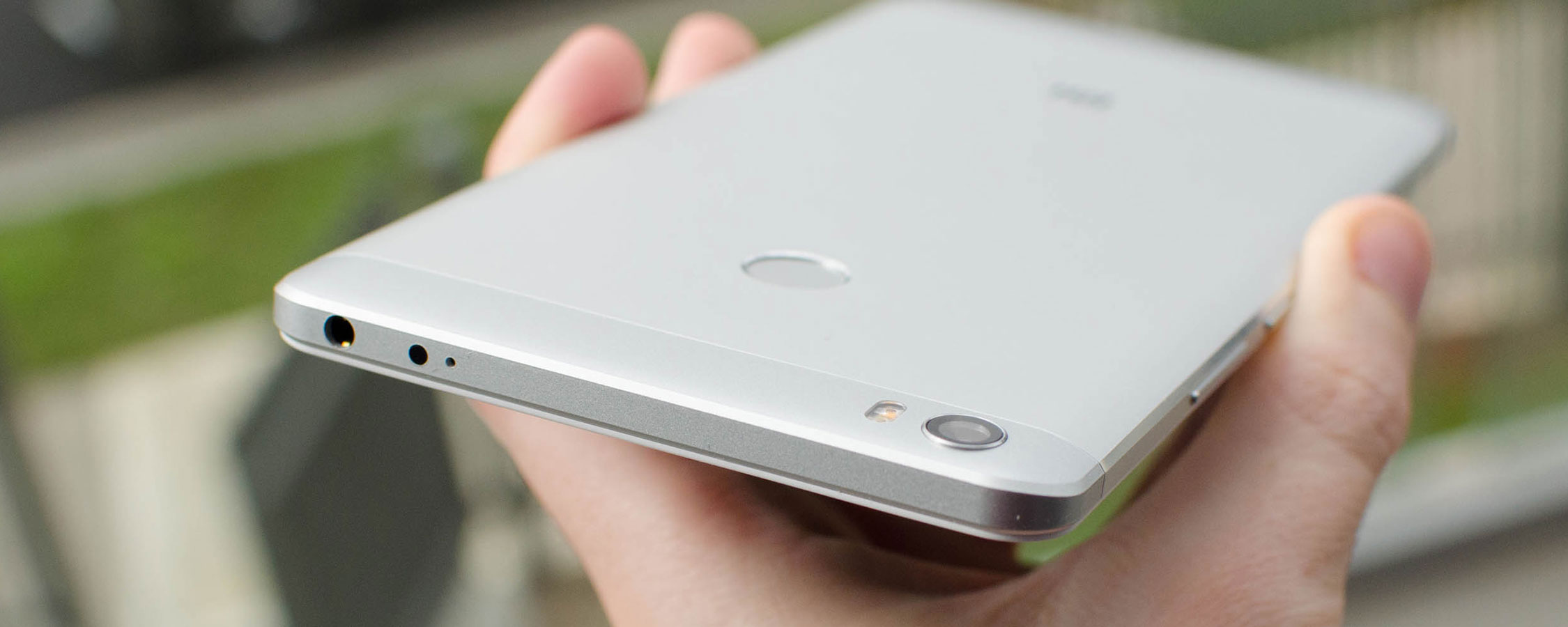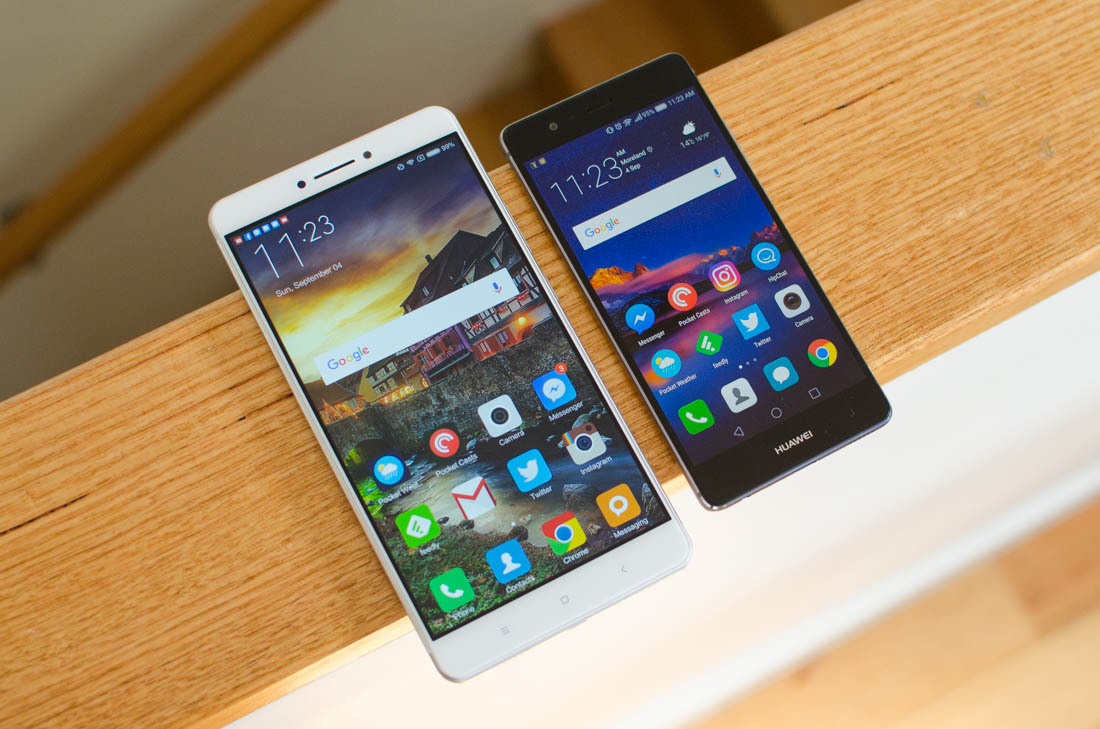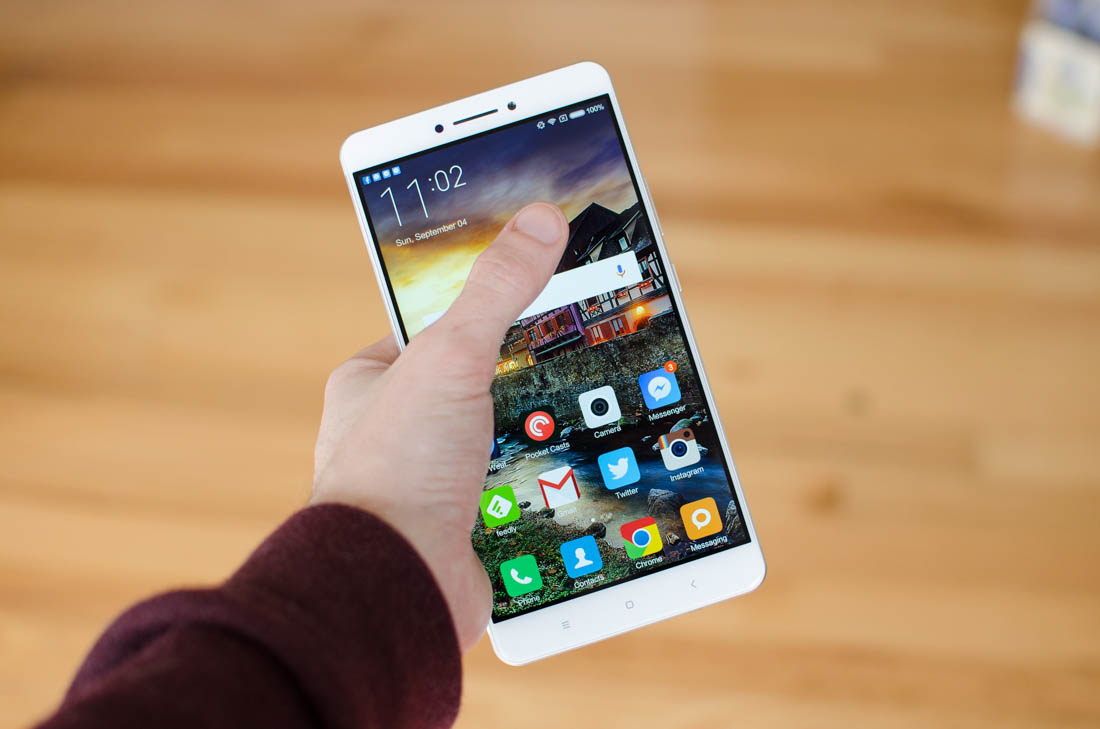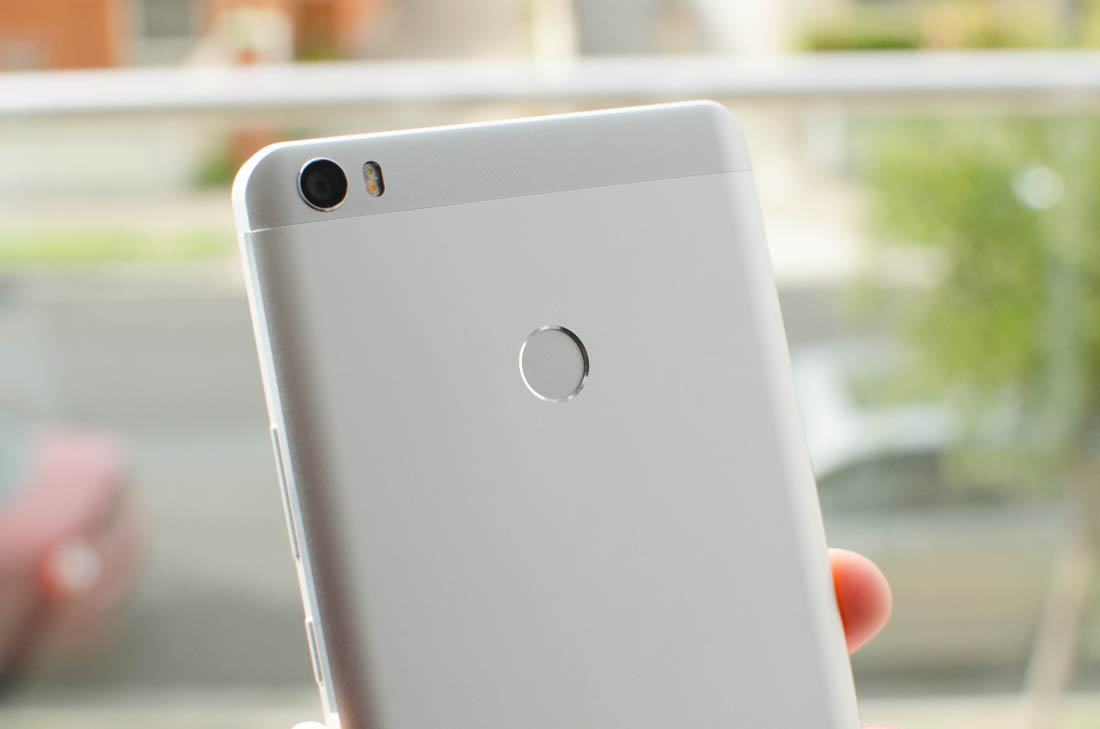There are plenty of large phones to choose from these days: the iPhone 7 Plus, the Galaxy Note 7, the OnePlus 3, and many others that feature displays at least 5.5-inches in size, which can make them a bit cumbersome to use in one hand.
But nothing compares to the Xiaomi Mi Max, a gigantic 6.4-inch smartphone/phablet that dwarfs what most people carry with them. This phone is, quite simply, ridiculously large.
While this handset's size will suit only a small fraction of phone buyers, there's actually a lot to like about the hardware inside. For just under $250 from Gearbest, who helped us acquire this phone for testing, you're getting a massive display, a metal body with a fingerprint sensor, a 16-megapixel rear camera, and a powerful Qualcomm Snapdragon 650 SoC. The battery inside is just as enormous as the handset, at 4,850 mAh.
Having now used (or, rather, struggled to use) the Xiaomi Mi Max for the last couple of weeks, I've learned a lot about what is physically required to operate a 6.4-inch handset on a daily basis. At $250 the Mi Max's price point is very attractive, but does the whole package deliver to earn our recommendation? Let's find out.
Clearly the 6.44-inch display makes this device significantly larger than anything else I've used for years. It's roughly as thick as the iPhone 6s at 7.5mm, but it's 15mm taller and a whopping 10.4mm wider. Width is the key dimension for determining one-handed usability, and any increases on the already-wide iPhone 6s Plus can make a phone hard to operate.
The Xiaomi Mi Max (left) next to the 5.0-inch Huawei P9
The Mi Max compares even less favorably to the Samsung Galaxy Note 7, which packs a 5.7-inch display in a near bezel-free body. Here the Mi Max is nearly 20mm taller and 15mm wider, leading to a phone that's 35% larger than an already-large device. Even with a screen-to-body ratio of approximately 75%, the size of this display introduces a number of complications during regular usage.
In short, the Xiaomi Mi Max requires two hands to use.
It's impossible to use the Mi Max in one hand. I don't have particularly large hands, but even with some serious acrobatic work my fingers are at least an inch from reaching the upper left corner of the display. Reaching the same corner on my 5.7-inch Nexus 6P is relatively easy in comparison, and that's a phone that most people think is reasonably large. The extra screen real estate effectively works against the Mi Max in this regard.
Being able to reach each corner of the display is critical as many smartphone applications place navigation elements or other buttons in these locations. In Gmail, for example, I am simply unable to hit the hamburger menu icon in the top left without performing a gymnastics routine with my fingers to appropriately position and grip the smartphone. While typing, attempting to hit the q, w or a keys gives my thumb a workout with all the stretching that is required.
To make matters worse, the capacitive navigation buttons below the display are hard to hit with one hand, especially the app switching button on the far left side.
Alternatively, left-handers will struggle to hit the important back button, which normally I'd criticize for being in the wrong location, but on this phone I'm glad it's the closest to my hand.
In short, the Xiaomi Mi Max requires two hands to use. This sounds relatively trivial, but it's not until you're trying to use the phone on a regular basis that you discover how annoying it is. Carrying some shopping bags home from the store in one hand? Forget using the Mi Max in your other hand. Want to quickly send a message to a co-worker while sipping your morning coffee? No chance.
If you're comfortable using such a massive handset and don't mind being restricted to two-handed use, there's actually a lot to like about the Mi Max's design. The phone features an excellent metal back panel that curves around the left and right edges, which makes the handset look just as good as some flagships of the past few years. The metal build also feels great in the hand, and provides good durability: for such a large phone there is barely any flex in the body.
The design is hampered somewhat by plastic sections above and below the metal. These sections attempt to imitate the color and finish of the metal but don't look nearly as good. Luckily they are the only downside to an otherwise great mid-range smartphone design.
I appreciate the precision of the Mi Max's design, which includes properly aligned elements such as the front camera and sensor array, and the two speaker grills along the bottom edge. I was disappointed, however, that the Mi Max doesn't include front-facing stereo speakers, which would complement the large, media-friendly display. The speakers on this phone are okay, but their positioning could be better.
On the back of the Mi Max is a circular fingerprint sensor that's reminiscent of the sensor on the latest Nexus smartphones. It's positioned slightly too high for comfortable use on such a massive smartphone, though it's reasonably fast and accurate. We're not seeing fingerprint sensors on all $250 devices just yet, so it's a feature that makes the Mi Max stand out from the crowd in some respects.
 |
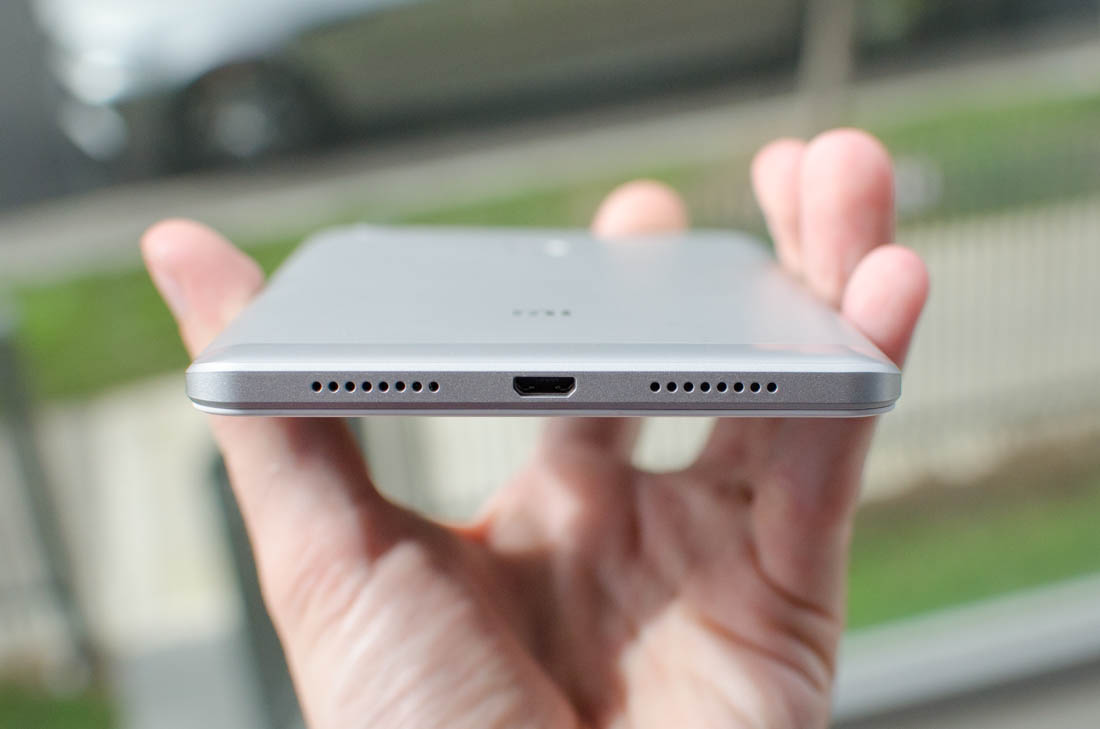 |
The Mi Max includes a micro-USB port on the bottom edge, and a 3.5mm headphone jack on the top. You'll also find an infrared emitter along the top, which can transform this device into a universal remote. On the right hand edge are both the power and volume buttons in a comfortable location.
There's a single removable tray on the Mi Max that can slot a micro-SIM and a nano-SIM for dual-SIM functionality, or a micro-SIM and microSD card for expandable storage. It would have been nice to see three tray spots so both dual-SIM and expandable storage functionality could be used simultaneously, but it's nice to see Xiaomi is still thinking about extra features like this.
